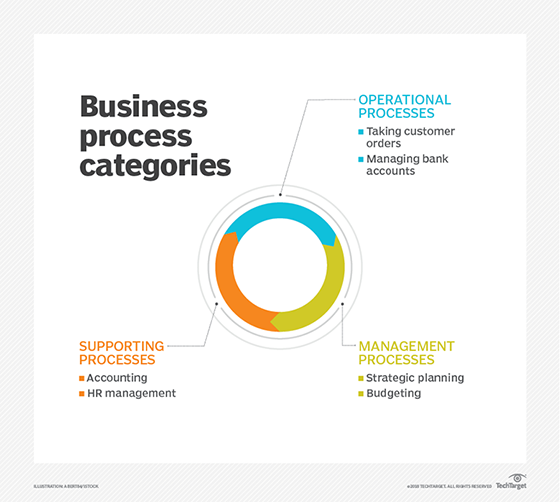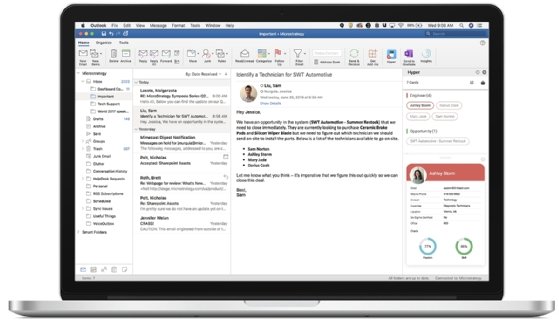MicroStrategy
What is MicroStrategy?
MicroStrategy is an enterprise business intelligence (BI) application software vendor. Its flagship platform contains multiple features designed to help enterprises make data-driven decisions and optimize business processes. These tools and capabilities include interactive dashboards, scorecards, ad hoc queries, automated report distribution and highly formatted reports, thresholds and alerts.
MicroStrategy's architecture can be deployed on premises with Windows or Linux servers or as a service in the AWS or Microsoft Azure clouds. Its client interfaces enable users to access MicroStrategy applications and services via the web, Windows, Mac and mobile devices. In addition to its suite of development and administrative tools, MicroStrategy provides a software developer kit (SDK) to customize an application and integrate it with other applications. The platform contains APIs and gateways that allow users to integrate MicroStrategy functionality with third-party analytics tools, including Tableau and Power BI, as well as a Microsoft Office integration.
Co-founded by Michael J. Saylor in 1989, MicroStrategy has built its entire integrated product line from the ground up and remains an independent vendor.

What is in the MicroStrategy product suite?
MicroStrategy's product suite includes HyperIntelligence, Embedded Intelligence, Cloud, Consulting, Education, and BI and Analytics tools. Its tools and services are designed to be user-friendly and intuitive for both end users and BI professionals to perform such tasks as data discovery, data wrangling, data visualization and advanced big data analytics.
Because MicroStrategy's advanced BI tools are meant for business users, organizations can enable end users to build transaction-enabled analytics apps that optimize operations and boost productivity with code-free development tools. For example, tools like HyperIntelligence are always available everywhere in real time.
Unlike a traditional multidimensional online analytical processing (MOLAP) architecture, which supports summary-level reporting, MicroStrategy's relational online analytical processing (ROLAP) architecture allows users to "drill anywhere" in the entire relational database -- all the way down to the transactional level of detail. This enables the use of a virtual multidimensional cube structure to express complex relational databases, making it easier for business users to understand and navigate through the data.

MicroStrategy has optimizations for all major relational databases and data warehouse vendors and enables access to multidimensional databases and flat files. While many BI vendors offer full-featured BI products, MicroStrategy's ROLAP architecture and integrated metadata are key differentiators.
The MicroStrategy platform uses a single common metadata for consistency and streamlined maintenance. Its 64-bit architecture supports in-memory analytics with "Intelligent Cubes" (or OLAP reports cached in memory as data sets). Metrics and attributes are created once and used across different types of reports. Changes are made in one place, and all related reports are automatically updated. Similarly, security permissions are granted in one place, reducing administrative costs.
MicroStrategy and Bitcoin
In the early 2020s, MicroStrategy attracted media attention after purchasing large amounts of Bitcoin. This strategy has helped the company's stock price recover from losses it experienced following the dot-com crash of the late 1990s and early 2000s.
See also: step-by-step guide to improving and optimizing business processes, top predictive analytics tools and how the direction of business intelligence is changing.






